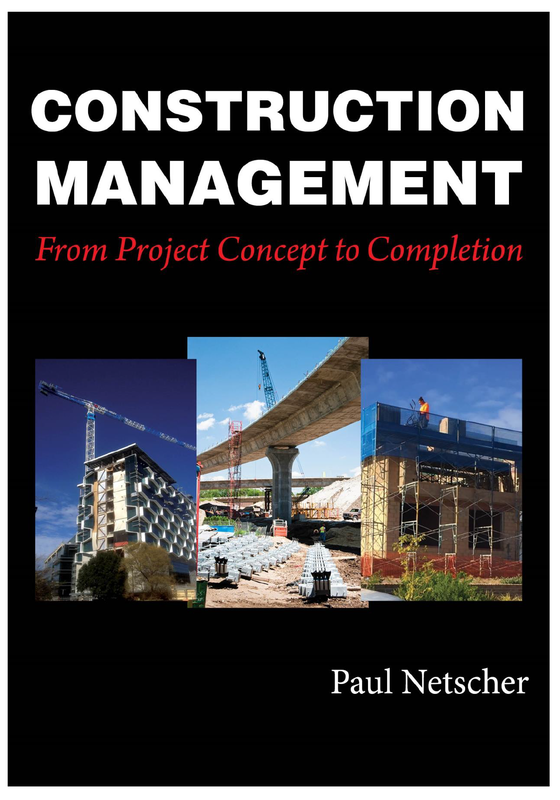 Image courtesy of Stuart Miles at FreeDigitalPhotos.net Image courtesy of Stuart Miles at FreeDigitalPhotos.net Frequently we hear horror stories of projects that have gone wrong, finished late, gone far over budget (sometimes in excess of double the original estimates), poor quality, accidents, lengthy legal battles and projects that don’t do what they were supposed to do. Construction projects face numerous risks. Understanding these risks could help clients avoid, or mitigate the level of risk on their projects. Clients have different risks to the contractor, and each stakeholder in the project faces a different set of risks. Sometimes these risks are the same for a number of stakeholders – so for instance, if the project is slipping against the construction schedule this could negatively impact both the client, subcontractors and the contractor. One would consider that if the contractor loses money on the project this shouldn’t be a risk for the client, yet, if the contractor loses so much money that they become bankrupt before the project is finished then this could have a major impact for the client, who would almost certainly have to engage another contractor, at additional costs, to complete the project, which would also certainly result in a delay to the project. In addition when contractors lose money their subcontractors, employees and suppliers are also at risk. Unfortunately, many clients fail to recognise, understand, and mitigate construction project risks, which then frequently leads to an unsuccessful project. The 10 risks clients need to be aware of and take action to minimise.
Avoiding and minimising risks
This article was first published on the ClockShark website. To visit this website and continue reading the article click on the link above. Please share this post To read more about the author’s books and find out where you can purchase them visit the pages on this website by clicking the links below:
To read more about the author visit the page 'Paul Netscher' Want to contact Paul Netscher please enter your details on 'Contacts' Find out how Paul Netscher can help you construction management construction project management
1 Comment
|
Archives
June 2024
Note: We welcome genuine comments, especially comments that add additional information to the subject matter in the article. We however reserve the right to remove inappropriate comments, which includes comments that have nothing to do with the subject, comments that include inappropriate language, and comments that are an advertisement for a product or company, or which include an advertising link. Comments must be in English. We will not enter into discussion on why a particular comment was removed.
CategoriesCopyright 2016 - The attached articles cannot be reproduced for commercial purposes without the consent of the author.
The opinions expressed in the attached articles are those of the writer. It should be noted that projects are varied and different laws and restrictions apply which depend on the location of the contractor and the project. It's important that the reader uses the supplied information taking cognisance of their particular circumstances. The writer assumes no responsibility or liability for any loss of any kind arising from the reader using the information or advice contained herein. "I have what I consider some of the best books on construction management."
Books are available from: Amazon.com Amazon.co.uk takealot.com kalahari.com Amazon.in Amazon.de Amazon.fr Amazon.it Amazon.com.au Powell's Fishpond uread bokus Amazon.ca Amazon.es Other retail stores Available in paperback or on Kindle "28 YEARS OF CONSTRUCTION PROJECT MANAGEMENT EXPERIENCE, DEVELOPING SUCCESSFUL CONSTRUCTION PROJECT MANAGERS AND BUILDING SUCCESSFUL CONSTRUCTION COMPANIES"
|




 RSS Feed
RSS Feed




